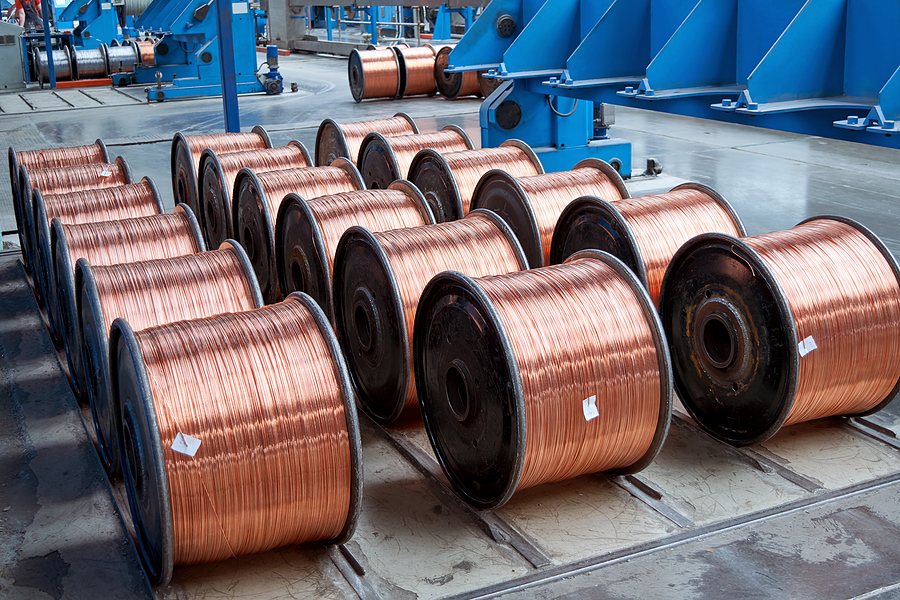Artificial intelligence, electric vehicles and clean energy may seem like industries of the future, but they all run on one of the oldest metals: copper.
Data centers powering AI need copper wiring and transformers. EVs use nearly four times more copper than gas-powered cars. Wind turbines, solar farms and the modern electric grid all depend on it. As such, copper is a building block of tomorrow’s economy and the backbone of America’s national security.
That’s why the Section 232 tariffs that President Trump imposed in July on semi-finished copper and derivative products were so critical. By exempting refined copper cathode while using the Defense Production Act to keep U.S. copper scrap at home, these measures gave American mills the stability they needed to compete. For the first time in decades, companies have a fighting chance to reinvest, expand and support the high-quality jobs that keep our industrial base alive.
Tariffs alone are not enough. Recent research at the Coalition for a Prosperous America shows that China has spent years building a strategy to dominate copper supply chains from both ends. On the supply side, Beijing has created massive, state-subsidized smelting overcapacity that now accounts for nearly half of global output. On the demand side, its position as the world’s largest copper importer has allowed it to exert outsized influence since 2008 on global copper prices. Put together, China can tilt the global copper market whenever it wants.
At the same time, Chinese firms have become skilled at sidestepping U.S. trade rules. When Washington imposed duties on copper tubes, subsidiaries shifted production to Vietnam and kept dumping in the U.S. market. Others have gone further by planting themselves directly inside North America: Golden Dragon in Alabama, Hailiang in Texas and Jiangyin Electrical Alloys in Mexico. These “tariff-jumping” investments allow Chinese producers to claim “local” origin while embedding themselves in America’s most critical supply chains.
More troubling, Chinese subsidiaries are exploiting gaps in U.S. investment oversight. Because the Committee on Foreign Investment in the United States rarely reviews greenfield projects, companies like Boviet Solar, a subsidiary of copper producer Boway Alloy, have established factories in the United States and drawn on taxpayer subsidies to do so. In practice, that means America’s taxpayers are funding China’s Military-Civil Fusion strategy, which blurs the line between civilian industry and the People’s Liberation Army.
The lesson is clear. Every copper investment that Beijing makes abroad strengthens its industrial dominance and military preparedness while undermining America’s ability to defend itself and lead in the clean energy economy.
The Section 232 tariffs were a strong opening move, but stricter measures must follow. Washington must close the loopholes that allow Chinese greenfield investments to bypass oversight. Policymakers should formally recognize copper as a “Critical Mineral” to accelerate domestic production. And, America must ensure that its own copper scrap feeds into U.S. mills instead of fueling China’s overcapacity.
Copper is the metal of the future. Without secure access to it, America’s AI revolution, clean energy transition and military are all at risk. The 232 tariffs were a welcome first step, but if Washington doesn’t act quickly to block Beijing’s strategy, the United States risks losing control of one of its most vital industries, and even its national security.


